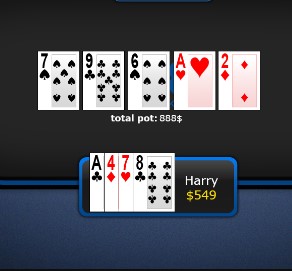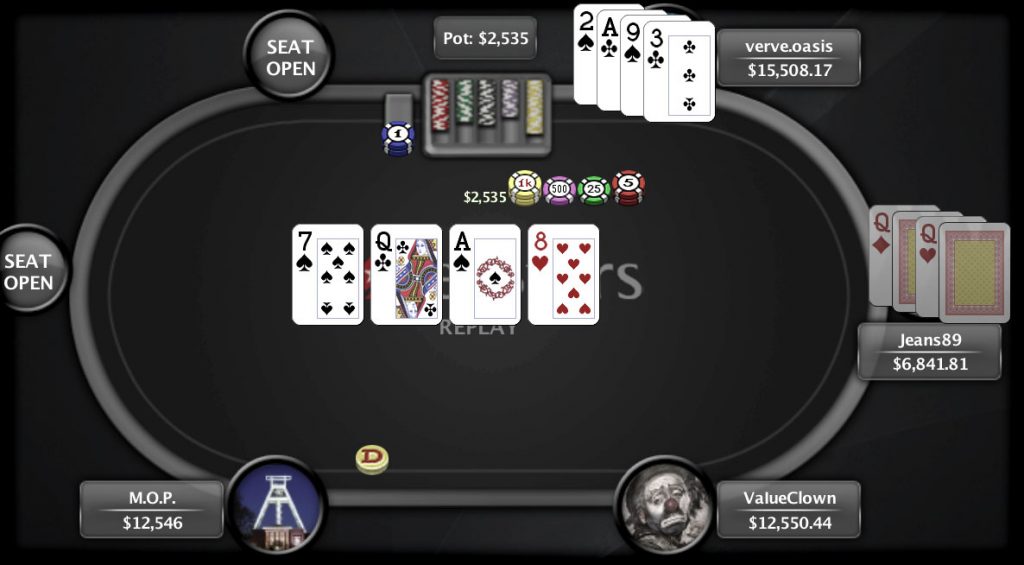Counterfeiting in Omaha Hi-Lo

In Omaha Hi-Lo, there are fewer worse feelings than getting your nut low counterfeited. Many times, it can turn a great hand into one that you have to muck.
New players to Omaha Hi-Lo often don’t quite understand the concept of counterfeiting and how to proceed in a hand once their hand is counterfeited. Today, we introduce you to the concept and give some tips on how to handle these situations.
Counterfeiting Defined
For those of you new to the game, when you have your low counterfeited, that means that a card has come on the board that now makes your low 2nd best or worse. For example, if you have A-2-10-J and the board falls 3-7-8, you would be counterfeited if a deuce hit the turn. Anyone with an A-4 would now have the nut low.
Naturally, this is not a situation that you want to be in, but there are just some cases where it is going to happen. This is why playing a hand with just an A-2 without other wheel cards can be dicey. If you make a nut low, an ace or deuce hitting can counterfeit you. If either card hits the flop, not only will you need to get lucky to make any low at all, but you will seldom have the best low.
Combating Counterfeiting
Hands with three or four wheel cards in them are the best to combat counterfeiting. A-2-3-4 is obviously the best hand you can draw. It will be very difficult to be totally counterfeited with this hand.

With three wheel cards, it is hard to be counterfeited.
Granted, this hand will have very few high chances outside of making a flush or a wheel, but it will almost always lock up the low when the board cooperates with low cards. Any hand with A-2-3 in it will be a super-strong hand as it gives you multiple ways to make nut low. Also, if just one of those cards hit the board, you will not be counterfeited
Any hand with three wheel cards including the ace is going to be strong and is often going to be hard to counterfeit if you make nut low.
What to Do When Counterfeited
Should your hand get counterfeited, the first thing you need to do is determine whether you still have a redraw to a nut low or the nut high. For example, you have A-2-5-10 with a suited A-10 of hearts. If the board at the turn is 6h-7c-8s-2d, then you will have a hard time staying in the hand as you have a weak low and no real draw.
However, if you had the same board with A-2-4-6, then you may consider staying in since you would have two pair, a straight draw, and a wheel draw. If you get counterfeited without a nut redraw, it is time to fold in many spots.
There is one caveat to playing a nut low redraw, and that’s being quartered. This happens when you are only playing for nut low and someone else has the same low. When this happens, you will only get 25% of the pot. In a heads-up or three-way hand, you ware losing money. In a four-way pot, you will break even.
Counterfeiting is a part of Omaha Hi-Lo and something you have to consider when flopping or turning a low hand. When you have just one way to make a low, you will experience this much more often than when you have three or four low cards. When you are counterfeited, play smart and don’t donk off money just because you have a low. Remember, you want to play and draw to nut hands.
